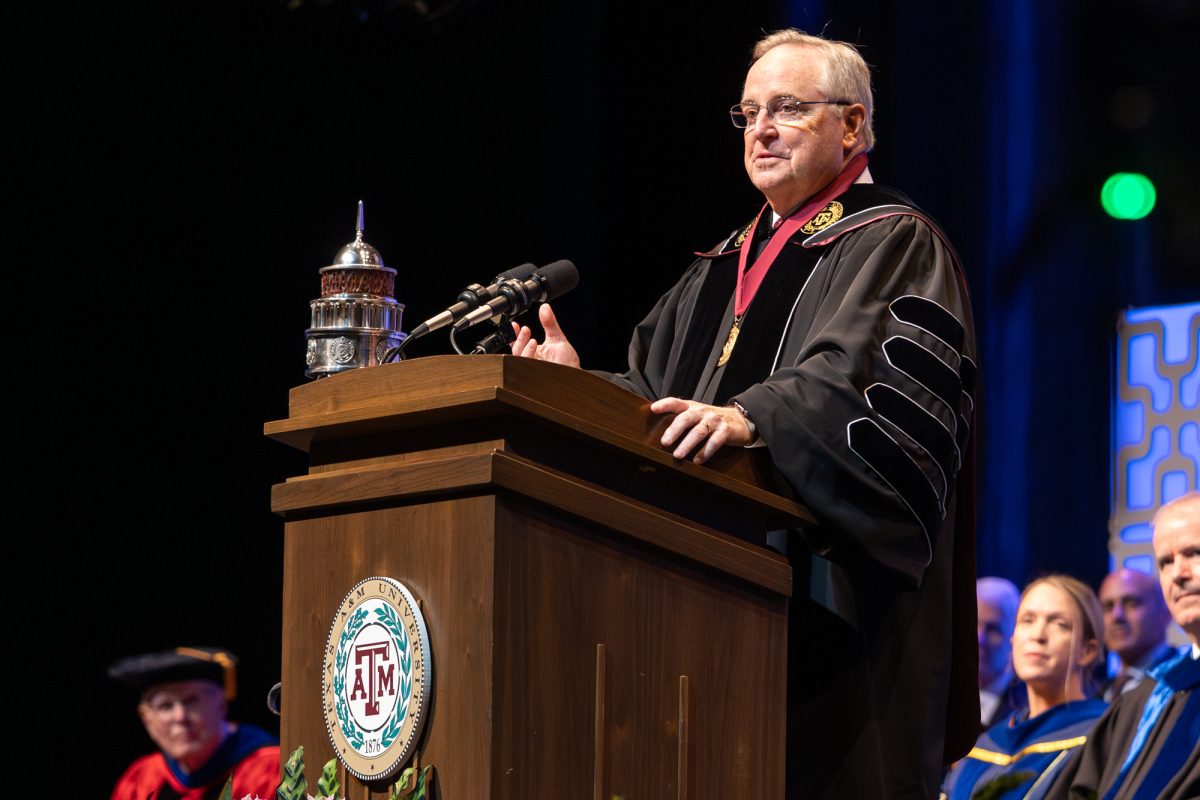NEW YORK –William Bastone and Daniel Green, co-founders of www.thesmokinggun.com, are guys who don’t round things off. Ask how many visitors their expos� Web site had in February, and they’ll tell you: 4,756,767.
It’s all in the details.
Consider the difference between reading in the newspaper that, according to court documents, Michael Jackson allegedly molested a young boy, or reading a graphic account of a sexual act from the 13-year-old’s 1993 deposition, which was posted on the Web site.
“It’s a much more compelling narrative,” Bastone says, dryly.
Remember Rick (Restraining Order) Rockwell of “Who Wants to Marry a Multi-Millionaire?”
What about bondage babe Sarah Kozer of “Joe Millionaire”?
The Smoking Gun broke those stories by posting the restraining order against Rockwell, as well as stills from the Kozer videos. It also busted Busta Rhymes’ contract request for ribbed condoms backstage at concerts.
In fact, concert riders are such a hit with visitors to the site that Bastone and Green created a “Backstage” section that currently features 134 acts. There you’ll discover that J.Lo must have designer candles, white drapes, white furniture and white lilies in her dressing room.
But it’s not just sensational tidbits that make the site so successful. In addition to exposing celebrity foibles, it posts documents such as prison, police and medical examiner’s records (such as those relating to the death of Malcolm X). A flight manual investigators believe was used by the Sept. 11 terrorists was also posted.
“You will always find something at our site that you can’t find anywhere else,” says Bastone.
Washington Post media reporter Howard Kurtz believes that “The Smoking Gun has become a journalistic gold mine because it produces the one thing –raw documents– that every reporter needs to nail down a story. Journalists get hundreds of tips and rumors to check out, (and they don’t) always have the time to go through dusty files to find supporting documents (such as memos and letters) for their stories.”
Kurtz refers to the period in 2001 when a number of prominent journalists wrote “embarrassing suck-up letters to (Unabomber) Ted Kaczynski” in an effort to get an exclusive interview. Kaczynski ultimately donated the pitch letters to the University of Michigan, which turned them over to The Smoking Gun. “That story never would have seen the light of day without the Gun site,” says Kurtz.
Larry Pryor, professor of journalism at USC’s Annenberg School for Communication and executive editor of Online Journalism Review, says that print and broadcast media, constrained by space, time and advertisers’ sensibilities, can miss the essence of a story by glossing over the details.
“I saw TV reporters who started to read the Jackson document, (but) because it was too graphic, they paraphrased (it) with ambiguous language,” Pryor says. “What works really well in online journalism is documents. The Smoking Gun had the whole deposition, made under oath. It’s sensational, but it isn’t gossip, and it leads the public to think we have a right to prosecution. Where’s the DA?” (A civil suit by the boy’s family was settled out of court.)
Before creating their niche in cyberspace, Bastone and Green worked in print: Bastone was a crime reporter for The Village Voice, and Green worked as a freelance magazine writer. As investigative journalists, the two accumulated a collection of FBI reports, court affidavits and memos.
They realized the powerful effect raw documents can have on readers –seeing an FBI “confidential” stamp makes you feel like you’re in on the discovery, part of the gumshoe game. In 1997, they first posted their collection on the Web, never expecting their project to become a full-time occupation.
“They’re good at fact-gathering and have a good sense of timing,” says Pryor. “They’re topical. And they’re focused on a specialized beat. That’s one reason why they’re capable of beating large organizations that have to focus on the bigger picture.”
Another plus is that it often takes less than 20 minutes from the time a document is discovered to confirm and post it, says Bastone, giving the site what amounts to a journalistic fast break.
Armed with little more than the Freedom of Information Act, help from two other reporters (Joseph Jesselli and Andrew Goldberg), computers and scanners, Bastone and Green work in an office in the East 30s that was once Court TV’s mailroom. “We follow leads for months. We check court dockets, municipal records, things like that,” says Green.
Scott Pansky, president of the Entertainment Publicists Professional Society, disagrees. He thinks the site is more about digging up dirt than uncovering compelling facts. “They’re taking advantage of people in the limelight, and of the sensationalism of being a celebrity,” he says.
As for the site’s greatest hits, Bastone says, “Anything bad that’s related to a reality TV show came out of this office. We sort of lump all those together as our best stuff. It just never ends.”
It’s not just PR reps who have been unhappy about The Smoking Gun’s popularity, though. Consider Jim Weir, a graphics designer in San Francisco.
His Web-design business, called Smoking Gun, resides at www.smokinggun.com (no “the”). This makes Weir the digital equivalent of the family with the phone number one digit off the local pizza parlor’s.
Thanks to millions of people looking for The Smoking Gun, traffic to Weir’s site has risen so much that his service provider is charging him extra.
And after getting some 3,376,831 visitors on Feb. 11, Weir posted his own memo: “There are no documents on Joe Millionaire, Michael Jackson or anyone else at this Web site. There never were. Don’t e-mail asking where they are.”
“He’s called a few times to speak with us,” Bastone says with a chuckle. “Maybe we should let him call collect.”
Diggin’ up celebrity dirt
March 18, 2003
0
Donate to The Battalion
Your donation will support the student journalists of Texas A&M University - College Station. Your contribution will allow us to purchase equipment and cover our annual website hosting costs.
More to Discover








